The objective in designing a traditional blue garden is to create a charming, romantic impression.
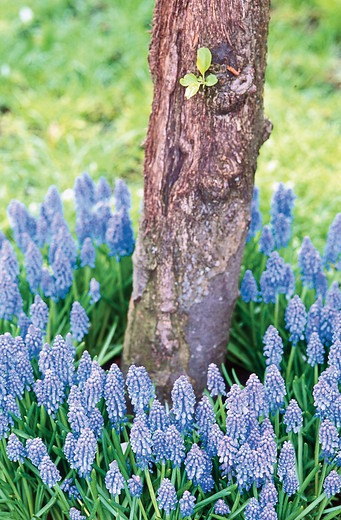 |
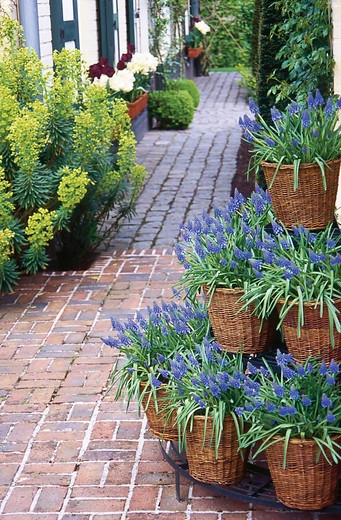 |
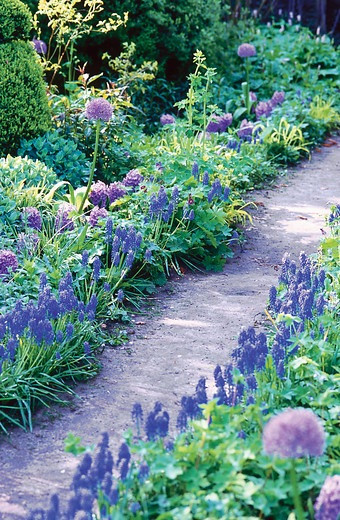 |
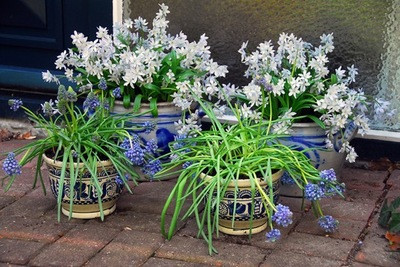
Muscari armeniacum, Scilla mischtschenkoana |
.jpeg)
Hyacinthus ‘Blue Festival’, Muscari |
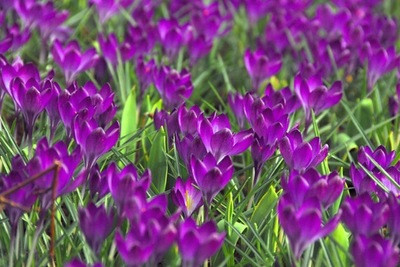
Crocus tommasinianus |
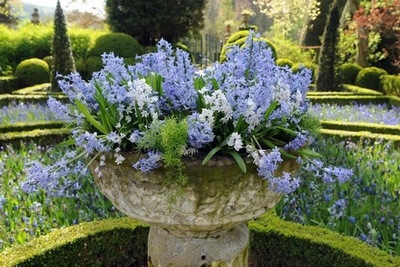
Hyacinthus, Scilla mischtschenkoana |
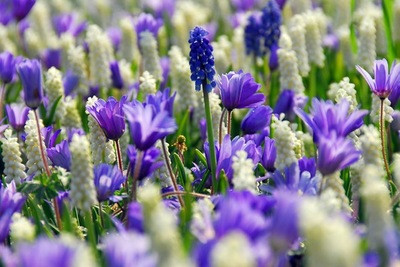
Anemone blanda, Muscari ‘Album’ |
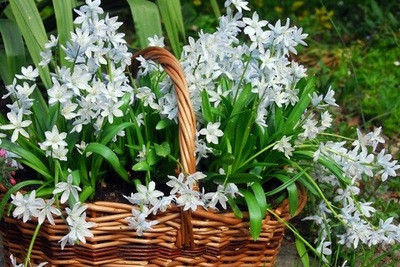
Scilla mischtschenkoana |
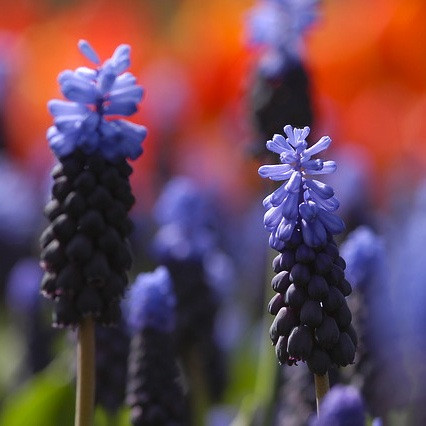
|
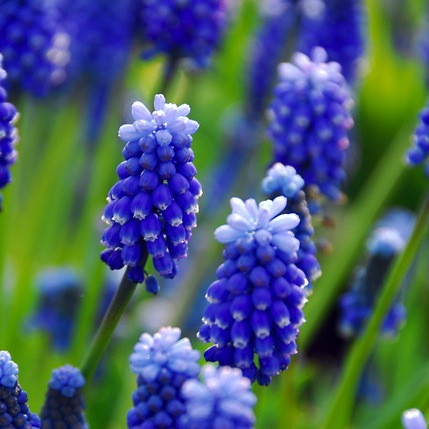
|
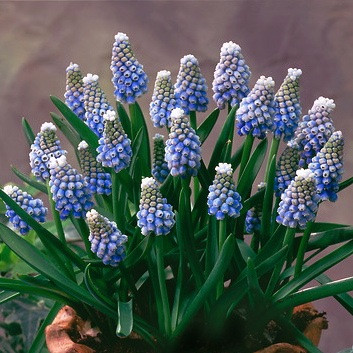
|
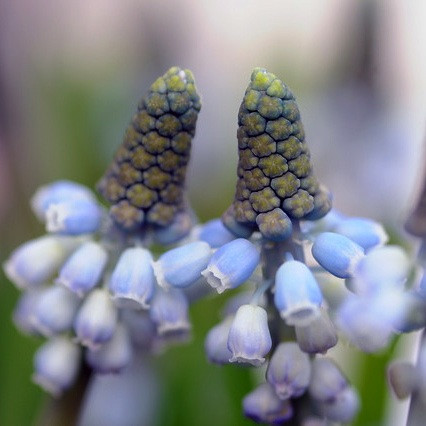
|
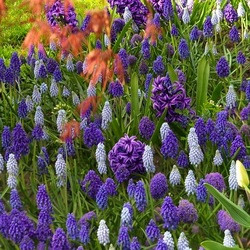
Muscari ‘Valerie Finnis’, ‘Blue Spike’,’Atlantic’, Hyacinthus ‘Sky Jacket |
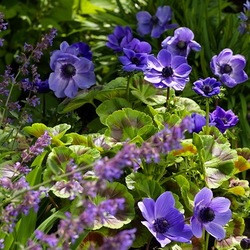
Anemone coronaria ‘Mr. Fokker’ |
| Plant Type | Bulbs |
|---|---|
| Season of Interest |
Spring |
| Garden Styles | Traditional Garden |
| Plant Type | Bulbs |
|---|---|
| Season of Interest |
Spring |
| Garden Styles | Traditional Garden |
Create a membership account to save your garden designs and to view them on any device.
Becoming a contributing member of Gardenia is easy and can be done in just a few minutes. If you provide us with your name, email address and the payment of a modest $25 annual membership fee, you will become a full member, enabling you to design and save up to 25 of your garden design ideas.
Join now and start creating your dream garden!
Create a membership account to save your garden designs and to view them on any device.
Becoming a contributing member of Gardenia is easy and can be done in just a few minutes. If you provide us with your name, email address and the payment of a modest $25 annual membership fee, you will become a full member, enabling you to design and save up to 25 of your garden design ideas.
Join now and start creating your dream garden!